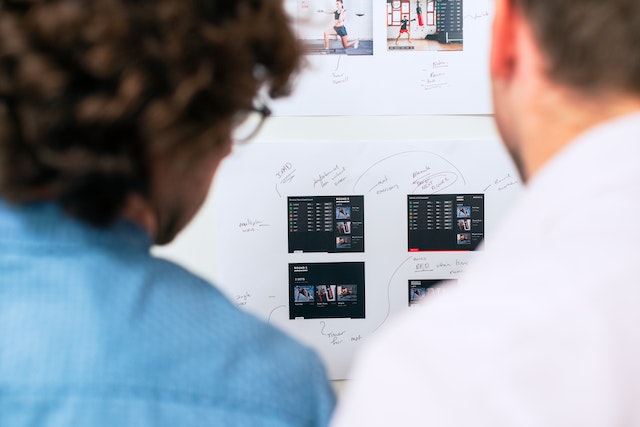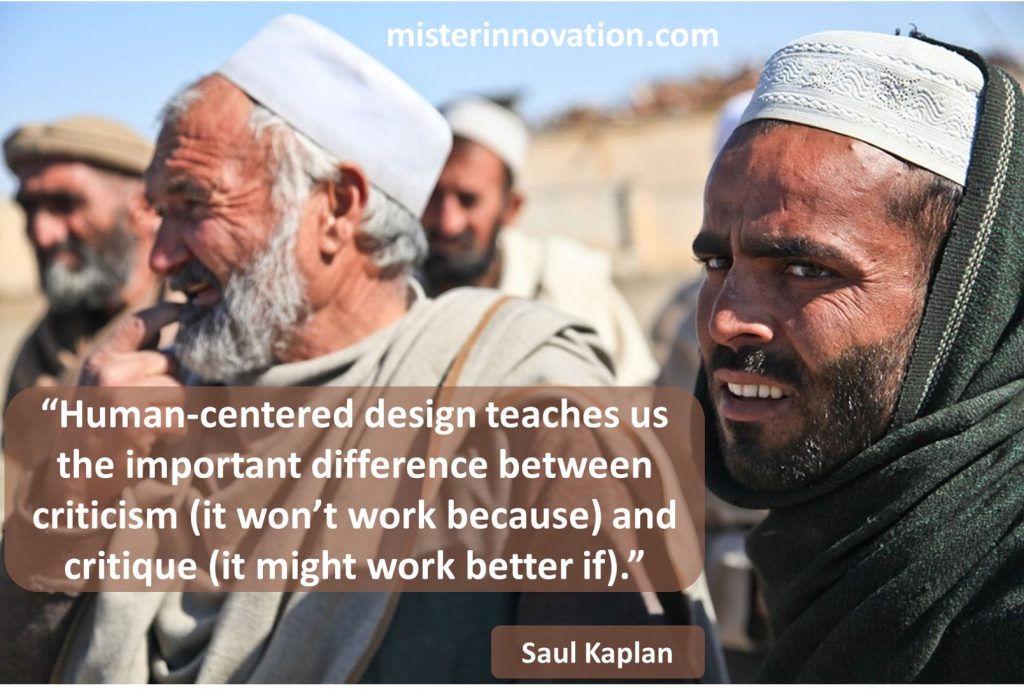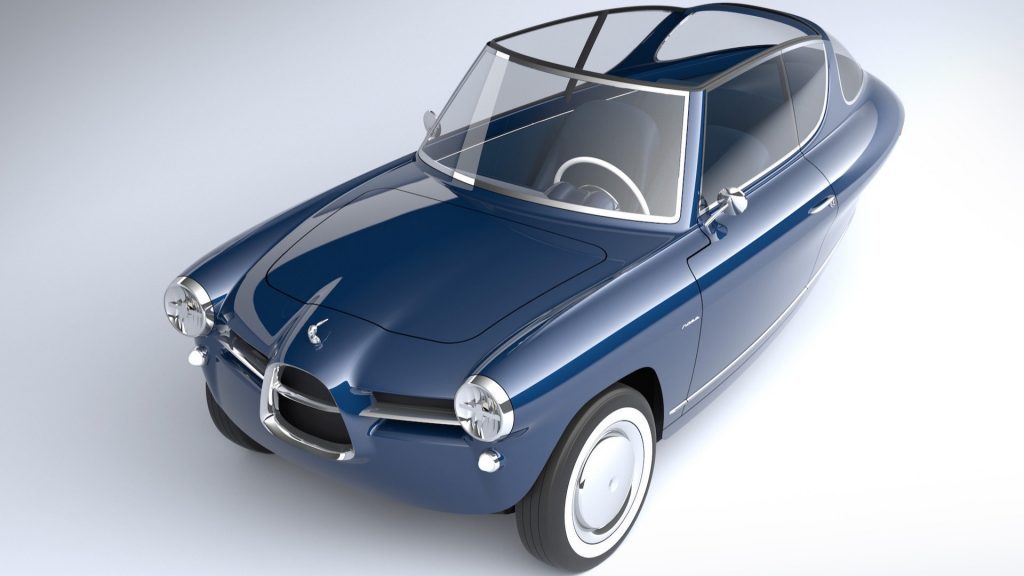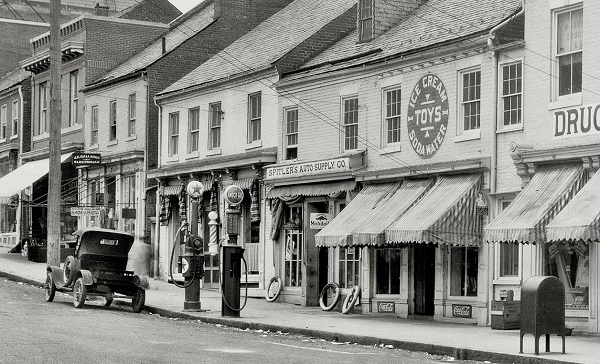Exploring How Applying Design Thinking Principles Can Help Businesses Uncover New Market Opportunities Amidst Industry Shifts

GUEST POST from Art Inteligencia
In today’s rapidly changing business landscape, disruptive innovation has become a crucial driver of success. As industries undergo significant shifts, businesses must continually adapt and uncover new market opportunities to remain competitive. Design thinking, a human-centered approach to problem-solving, offers a unique perspective and methodology that empowers organizations to navigate uncertainty and embrace disruption. This article delves into the role of design thinking in disruptive innovation and presents two compelling case studies that highlight its impact on uncovering new market opportunities.
Case Study 1: Airbnb – Reimagining the Hospitality Industry
As an excellent example of design thinking’s power in disruptive innovation, Airbnb revolutionized the hospitality industry by tapping into an unconventional market opportunity. In the early 2000s, traditional hotel chains dominated the accommodation sector. However, Airbnb recognized that people’s travel desires were changing and saw an opportunity to leverage underutilized assets like spare rooms and vacant homes. By employing design thinking principles, Airbnb created a platform where homeowners could rent out their spaces to travelers, disrupting the traditional hotel model.
Design thinking played a pivotal role in Airbnb’s success by focusing on understanding users’ needs, defining the problem, and generating innovative solutions. Through extensive user research, conducting empathy interviews, and observing the pain points of both homeowners and travelers, Airbnb gained deep insights into the market dynamics. This empathetic understanding helped them design an intuitive platform that provided a better and more personalized experience, establishing a thriving community of homeowners and travelers worldwide.
The combination of rigorous prototyping, iterative testing, and quick feedback loops allowed Airbnb to continuously refine its offerings. By embracing design thinking, Airbnb not only identified a disruptive market opportunity but also built a scalable and sustainable business model that transformed the hospitality industry.
Case Study 2: Tesla – Evolving the Electric Vehicle Market
Tesla, an exemplary disruptor in the automotive industry, showcases the effectiveness of design thinking principles in uncovering new market opportunities. In an industry long dominated by petrol-powered vehicles, Tesla recognized the need for sustainable transportation solutions and took on the challenge of developing electric vehicles (EVs) that could compete with traditional cars in performance and desirability.
Design thinking guided Tesla in understanding user pain points and designing electric vehicles that were not only environmentally friendly but also embraced cutting-edge technology and luxury. By conducting user research and immersing themselves in potential customers’ experiences, Tesla discovered that range anxiety and limited charging infrastructure were significant barriers to EV adoption. To address these concerns, Tesla focused on developing innovative battery technology and strategically building a vast Supercharger network, enabling long-distance travel and minimizing charging time.
Tesla’s commitment to iterative design, continuous improvement, and user-centricity has propelled its success. By applying design thinking, Tesla not only disrupted the automotive industry but also influenced mainstream automakers to invest in electric vehicle technology.
Conclusion
Design thinking is an invaluable tool for businesses seeking to uncover new market opportunities amidst industry shifts. The case studies of Airbnb and Tesla demonstrate how this human-centered approach can enable organizations to identify disruptive innovations and create transformative solutions. By placing users’ needs at the core of decision-making and employing a combination of empathy, prototyping, and iteration, businesses can navigate uncertainty, challenge the status quo, and thrive in ever-evolving market landscapes. Embracing design thinking is our pathway to harnessing the power of disruptive innovation and shaping the future of industries.
Bottom line: Futurology is not fortune telling. Futurists use a scientific approach to create their deliverables, but a methodology and tools like those in FutureHacking™ can empower anyone to engage in futurology themselves.
Image credit: Pexels
![]() Sign up here to get Human-Centered Change & Innovation Weekly delivered to your inbox every week.
Sign up here to get Human-Centered Change & Innovation Weekly delivered to your inbox every week.






